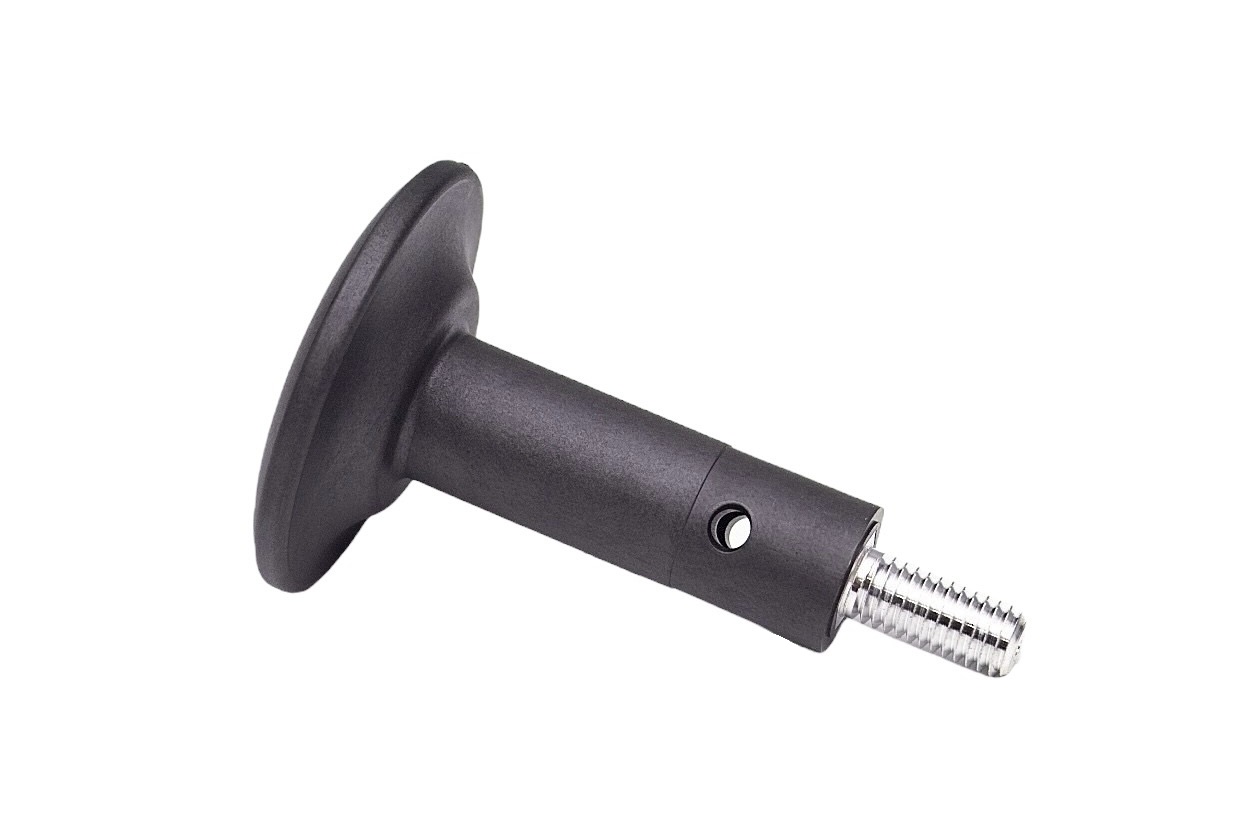Plastic injection molding
The essential for plastic injection molding stability - basic concepts

PEEK metal insert molding
The essential for the stability of plastic injection molding comes from the size and change of the plastic flow resistance. In other words, the smoothness of the plastic during injection is inseparable from the flow resistance. Below, we will discuss the relationship between injection conditions and flow resistance one by one. Before understanding flow resistance, let's understand three important concepts. They are the effects of Newtonian fluid, cooling solidified layer and flow resistance on plastic injection molding.
1. Newtonian fluid vs non-Newtonian fluid
Is the flow of "water" the same as the flow of "plastic"? The answer is: not the same.
"Water" is a Newtonian fluid, while "plastic" is a non-Newtonian fluid. The property of a so-called "Newtonian fluid" is that when you stir it with a stirring rod, it creates a downward vortex. Conversely, "non-Newtonian fluids" produce a pole-climbing effect. Non-Newtonian fluids are divided into two types, "shear-thickening" and "shear-thinning", while plastics are non-Newtonian fluids that are "shear-thinning", that is, the faster the agitation, the more viscous the plastic becomes. will be thinner.
2. Cooling solidified layer
During plastic injection molding, when the melted high-temperature plastic material contacts the relatively cold mold, a thin skin layer, that is, the solidified layer, will be instantly formed, and as time increases, the solidified layer will become thicker and thicker. When the solidified layer is thicker and thicker, the space where the plastic can flow will become narrower, and the flow resistance will increase, that is, the plastic will become more and more difficult to push forward.
3. What effect does flow resistance have on plastic injection molding?
To be able to fill the plastic into the mold, the "shot pressure" must be greater than the "flow resistance". And the ability of "injection pressure" depends on the horsepower of the plastic injection machine itself. Assuming that the injection pressure was originally set at 80Bar, but due to the large flow resistance, the injection pressure must be increased to the limit value of 140Bar. In the long run, it will have a negative impact on the life of the mold and the machine.
Just like when we ride a motorcycle at a speed of 70 per hour for 2 hours, there is usually no problem, but if we ride at a speed of 120 per hour for 2 hours, it may cause damage to the motorcycle engine. In the same way, in the plastic injection molding process, if the flow resistance can be reduced, the performance of the machine can be avoided, and the production can be relatively smooth and stable.
The quality of plastic injection molding is closely related to the flow resistance during injection, and the reasons for the increase in flow resistance can be divided into 6 categories, namely:
1. The material temperature is too low
2. The rate of fire is too slow
3. The mold temperature is too low
4. The gate is too small
5. Poor exhaust
6. The flow length ratio is too long
Further understanding for the essential for plastic injection molding stability
This is just a partial overview of plastic injection molding. Are they the right knowldge for you? Not sure how to apply them to your
next project? Just contact our technical experts and we can offer helpful advice about how to get the best results from its processes.
